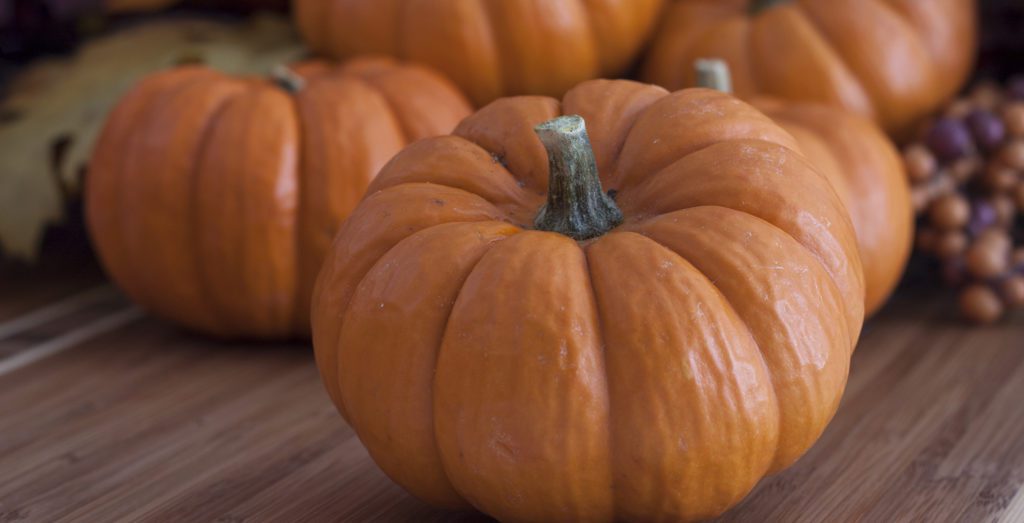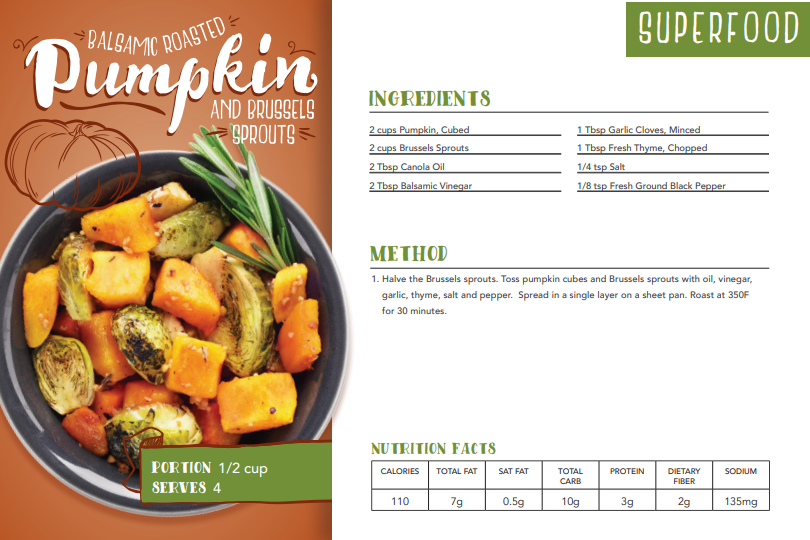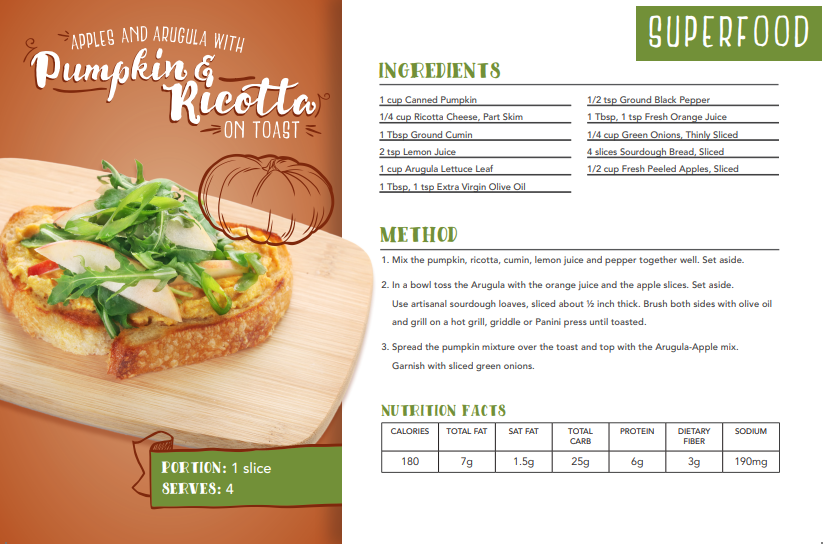
More than Just Pie: Pumpkin Superfoods Pack Nutritional Power
Even before the heat of summer fades and the cool nip in the air greets you in the morning, pumpkin flavored foods are everywhere. From pumpkin spiced lattes to freshly baked pies, pumpkin bread, and more, our love for its sweet taste has grown over the years, creating even more ways to savor the flavor. But did you know that pumpkins are a superfood that pack serious health benefits?
What are Pumpkins?
Let’s first learn a little more about this beloved flavor. Pumpkins are the round, typically orange members of the winter squash family. Anything that starts from a flower and holds seeds in its flesh is botanically a fruit. Pumpkins fall into this category. Pumpkins originated in Central America and have been a part of American cuisine for centuries. If harvested and handled properly, pumpkins, like other winter squash, can last long into the winter.
Health Benefits of Pumpkins
Beyond their delicious taste, pumpkins offer many nutritional benefits with minimal calories, making them a superfood.
- They’re rich in antioxidant beta carotene that your body turns into vitamin A. Vitamin A strengthens the immune system and protects from infections. It also plays an important role in protecting your vision.
- Pumpkin is high in carotenoids, compounds that can function as antioxidants, which may protect you against certain cancers.
- Pumpkin seeds offer protein and key minerals.
- A pumpkin is relatively low in calories, being 94% water.
- Pumpkin is high in vitamin C, which helps your cells work more effectively to heal wounds faster.
- Being a good source of potassium, vitamin C, fiber, and antioxidants all have been linked to heart health benefits.
How to Prepare Pumpkin
Venturing out to a local farm to pick that perfect pumpkin to create a jack-o-lantern to adorn the front steps in time for trick-or-treating is a beloved activity for many. But there’s more to pumpkins than just carving them up for decoration. They can be cooked and enjoyed in many different ways to celebrate the season.
You can peel, deseed, and cook the pumpkin in various ways, including boiling, roasting, pan sauteing, or steaming. Adding other ingredients and seasonings to it can curate the perfect side dish to your meal.
Don’t forget to remove the seeds, which are tasty when roasted. Most parts of the pumpkin can be eaten, including the seeds. To cook the seeds, rinse and boil them in lightly salted water for about 10 minutes. Then, drain, dry, and roast the pumpkin seeds for about 10 – 15 minutes in a 350°F oven for a nutritious snack.
Pumpkin can also be mashed, making its way into soups, pies, and purées. Pumpkin pie is one of the most popular desserts served at Thanksgiving dinner. If you enjoy cocktails at your dinner party, you can use the purée to craft a pumpkin pie martini or a pumpkin old fashioned to serve guests. With so many culinary uses and varied ways to prepare pumpkin, it’s easy to see why it is so popular.
How We Embrace Pumpkin
In senior living communities across the country, pumpkin is a cherished menu item our residents look forward to as soon as fall arrives. We incorporate pumpkin recipes with modern twists to surprise and delight residents, encouraging them to try something new but also feature time-honored favorites.
Check out a couple of our recipes you can try at home:


Of course, it wouldn’t be fall without tasteful fall decor featuring pumpkins and gourds, creating familiar seasonal ambiance for residents. The communities we serve often hold special themed events and meals that feature delicious seasonal foods like pumpkin.
Food is a very important part of culture that builds community in senior living with engagement that grows connections while offering delicious and nutritious meals. Learn more about the culinary options we offer at Morrison Living and how they can help you build community one meal at a time.
